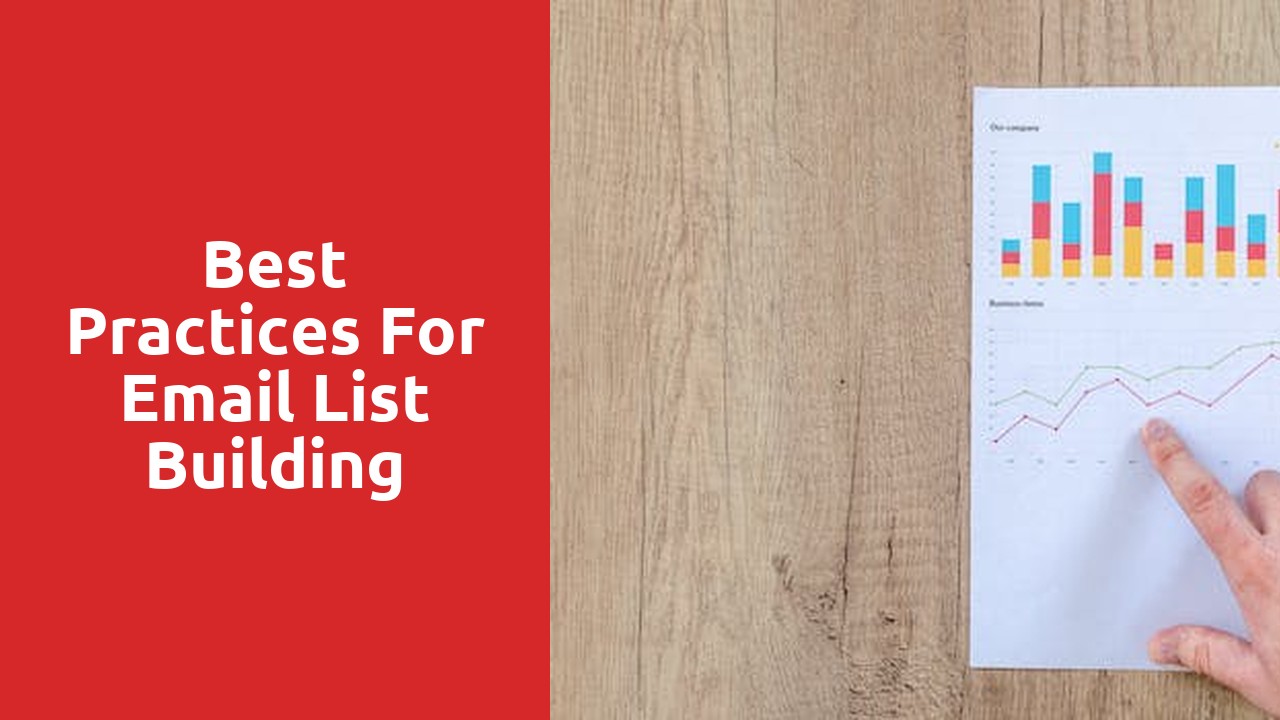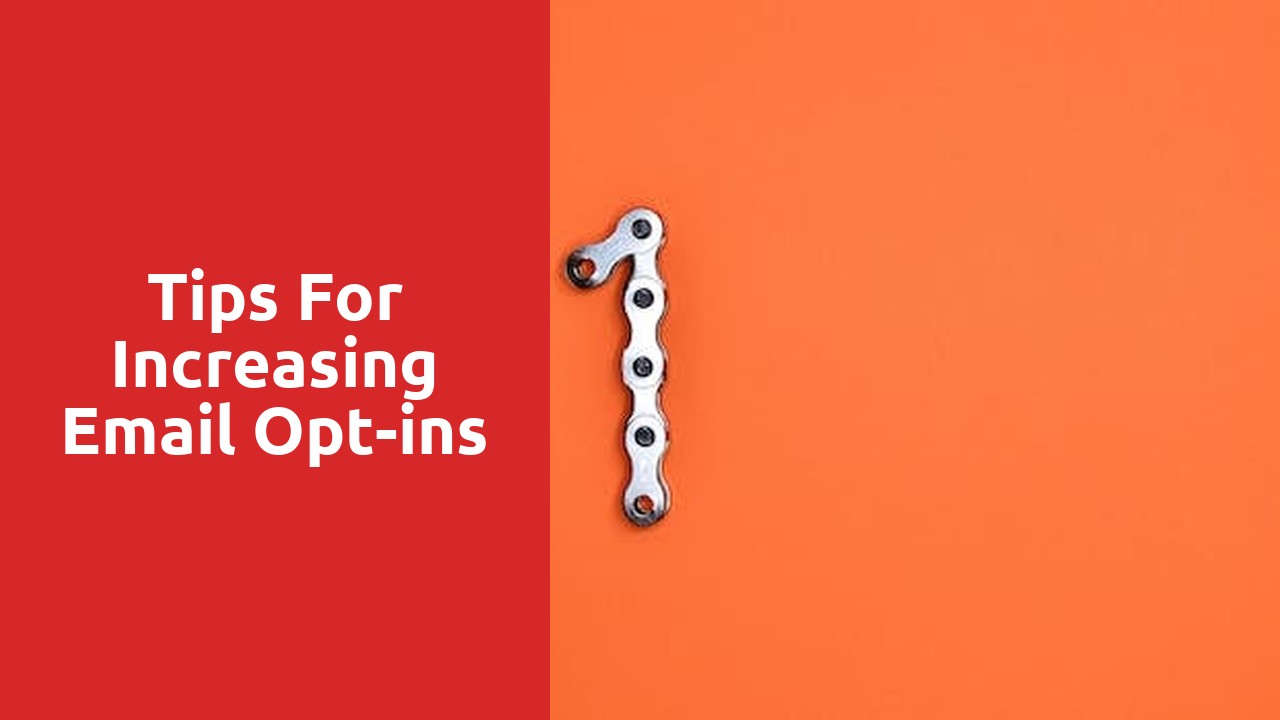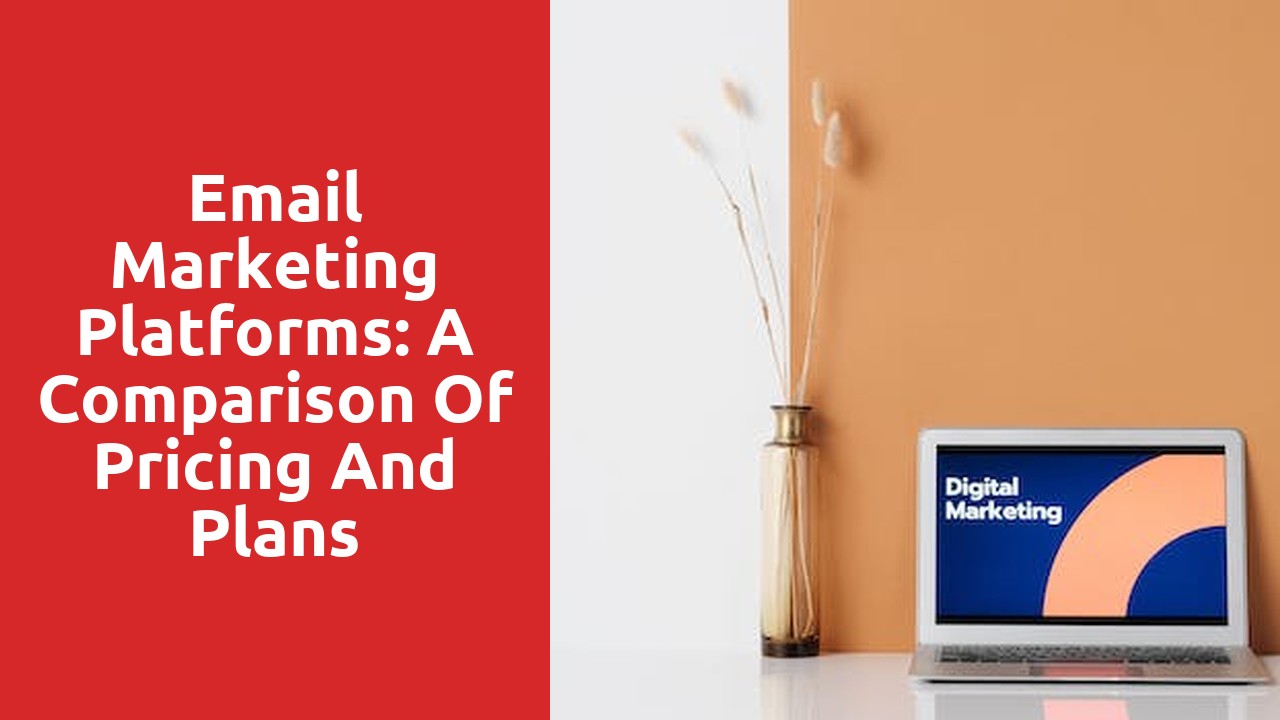Understanding the Value of Email Subscribers
Email subscribers play a vital role in the success of any online business or marketing campaign. These individuals are not just random visitors to your website, but rather active and interested individuals who have willingly provided their email addresses to receive updates and information from you. This level of engagement signifies that they have a genuine interest in your brand or product, making them valuable assets to your marketing strategy.
One of the key benefits of having a strong email subscriber list is the opportunity it provides for direct communication with your audience. Unlike social media platforms where your content may get buried in a sea of other posts, email allows you to send personalized messages directly to the inbox of your subscribers. This direct line of communication allows you to build a connection with your audience, providing them with relevant and valuable content, and ultimately increasing customer loyalty and trust. Additionally, email subscribers are more likely to engage with your content, whether it’s by clicking on links, making purchases, or sharing your content with others, which can contribute to the growth and success of your business.
Identifying Your Target Audience
In order to effectively market your product or service, it is crucial to identify and understand your target audience. By doing so, you can tailor your marketing efforts and messages to effectively reach and resonate with your desired consumers. But how exactly do you go about identifying your target audience?
One approach is to conduct market research. This can involve analyzing demographic data, such as age, gender, location, and income, to gain insights into who your potential customers are. Additionally, psychographic information, such as interests, values, and lifestyle choices, can provide a deeper understanding of what motivates and influences your target audience. By combining these different types of data, you can create a comprehensive profile of your ideal customer, helping you to better target your marketing efforts and increase the chances of success.
Another method is to analyze your current customer base. By examining the characteristics and behaviors of your existing customers, you may be able to identify commonalities and patterns that can help you identify your target audience. This can involve looking at purchase history, customer feedback, and any other available data that can shed light on who your most loyal and satisfied customers are. This information can then be used to refine your marketing strategy and better target similar individuals who are likely to be interested in what you have to offer.
When it comes to identifying your target audience, it is essential to remember that this process is not static. As consumer behaviors and preferences evolve, so too must your understanding of your target audience. Regularly reviewing and updating your target audience profile ensures that you are always aligned with the needs and wants of your customers, allowing you to remain relevant and competitive in the ever-changing marketplace.
Creating Compelling Opt-In Incentives
One of the key factors in creating compelling opt-in incentives is to offer something of value to your target audience. This could be in the form of exclusive content, a discount or coupon, or access to a limited-time offer. By providing something that is relevant and beneficial to your potential subscribers, you are giving them a reason to opt-in and join your email list.
It is also important to convey a sense of urgency and scarcity in your opt-in incentives. By emphasizing that the offer is for a limited time only or that there are only a certain number of spots available, you create a sense of FOMO (fear of missing out) among your audience. This can be a powerful motivator for them to take action and opt-in to receive your incentive. Additionally, make sure that the opt-in process is simple and straightforward, with clear instructions on how to sign up. Avoid any unnecessary steps or information that may deter potential subscribers from completing the opt-in process.
Optimizing Your Website for Email Sign-Ups
Email marketing is a powerful tool that can significantly boost your business’s growth and success. By optimizing your website for email sign-ups, you can unlock a world of opportunities to reach out to potential customers and foster stronger relationships with existing ones. However, achieving high email sign-up rates requires careful planning and execution. Here are some strategies to improve your website’s conversion rate and encourage visitors to subscribe to your email list.
Firstly, make sure that your opt-in forms are prominently displayed and strategically placed throughout your website. A cluttered or confusing layout can discourage visitors from signing up, so keep your sign-up forms simple and easy to find. Consider placing them in visible areas such as your website’s header, footer, or sidebar. Additionally, be clear and concise in your call-to-action, explaining the value that subscribers will receive by joining your email list. Offering incentives like exclusive discounts, access to premium content, or free resources can also entice visitors to provide their email addresses. Remember, the easier it is for visitors to sign up, the more likely they are to do so.
Leveraging Social Media to Grow Your Subscriber List
Social media has become an integral part of our lives, with billions of users logging in daily to connect, engage, and share. It has also emerged as a powerful tool for businesses to reach and engage with their target audience. Leveraging social media platforms can significantly contribute to the growth of your subscriber list, providing you with a valuable pool of potential customers to nurture and convert.
When it comes to using social media to grow your subscriber list, it is crucial to understand your target audience and tailor your content accordingly. Know what platforms your audience is active on and focus your efforts there. Whether it’s Facebook, Instagram, or LinkedIn, make sure you are consistently sharing relevant, valuable, and engaging content that entices users to join your mailing list. Utilize appealing visuals, concise and compelling captions, and calls-to-action to encourage users to take that next step and subscribe. By creating a strong social media presence with strategically crafted content, you can maximize your chances of growing your subscriber list and expanding your reach.
Implementing Effective Call-to-Actions
Creating effective call-to-actions (CTAs) is crucial in any marketing strategy. These small yet powerful phrases or buttons can determine whether a visitor takes action or simply moves on. To implement effective CTAs, it is essential to understand the psychology behind them and use language that motivates and entices users.
First and foremost, the language used in CTAs should be clear and concise. Users should immediately understand what action they are expected to take. Avoid using generic phrases such as “click here” or “submit.” Instead, opt for specific and action-oriented terms that clearly communicate the benefit or outcome of clicking the CTA. For example, use phrases like “Get Your Free eBook” or “Let’s Start Saving Today.” By using language that focuses on the user’s needs and desires, you can significantly increase the effectiveness of your CTAs.
Additionally, the tone of the CTA should align with your brand and the overall tone of your website or marketing campaign. If your brand is known for its friendly and personable approach, consider using a conversational tone in your CTAs. On the other hand, if your brand is more professional and formal, adopt a more authoritative tone. By maintaining consistency in your messaging, you build trust and credibility with your audience, making them more likely to engage with your CTAs. Remember, the key is to create a CTA that not only stands out but also resonates with your target audience.














